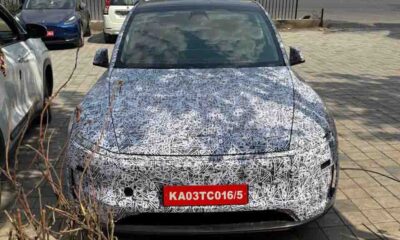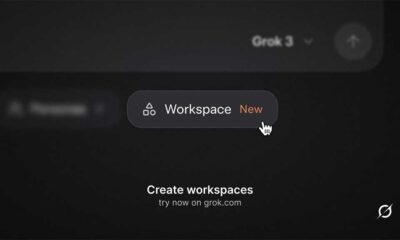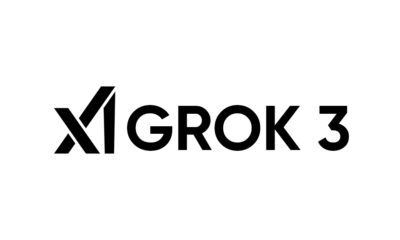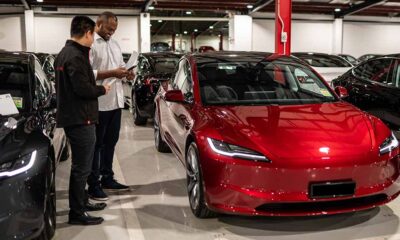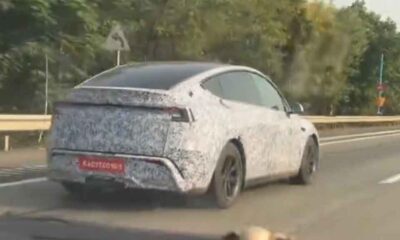Tesla
Tesla is installing ‘giant fans’ at Gigafactory similar to Nvidia GPU
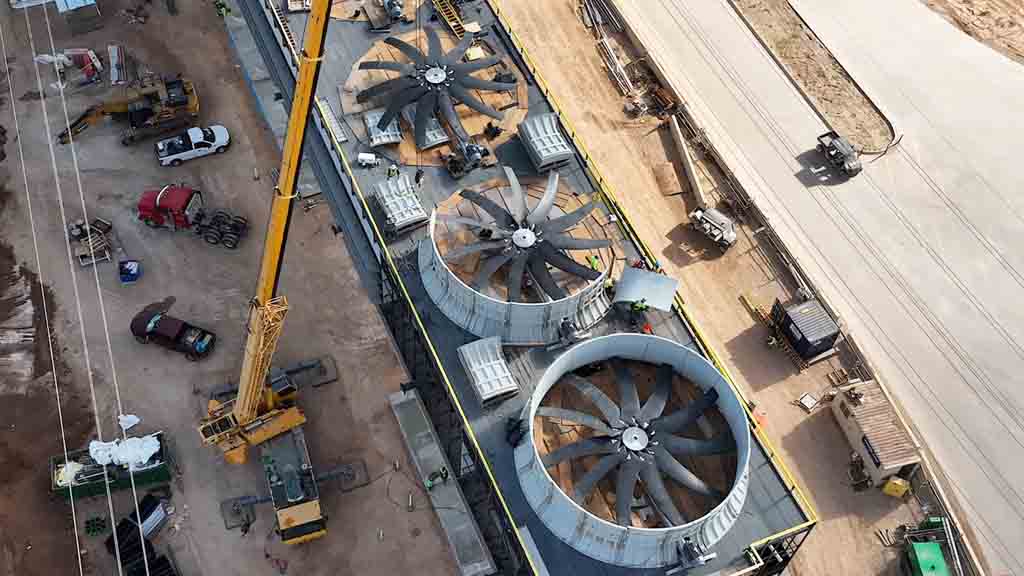
Tesla is installing giant fans at the Gigafactory Texas with its new expansion in the south area and the architecture looks the same as an Nvidia GPU card.
Brad Sloan’s YouTube channel has published new drone footage of the Tesla Gigafactory in Texas. It shows the ongoing work at the facility for new installation and extension of the facility with new architecture. It includes huge fans in a row and is currently non-functional.
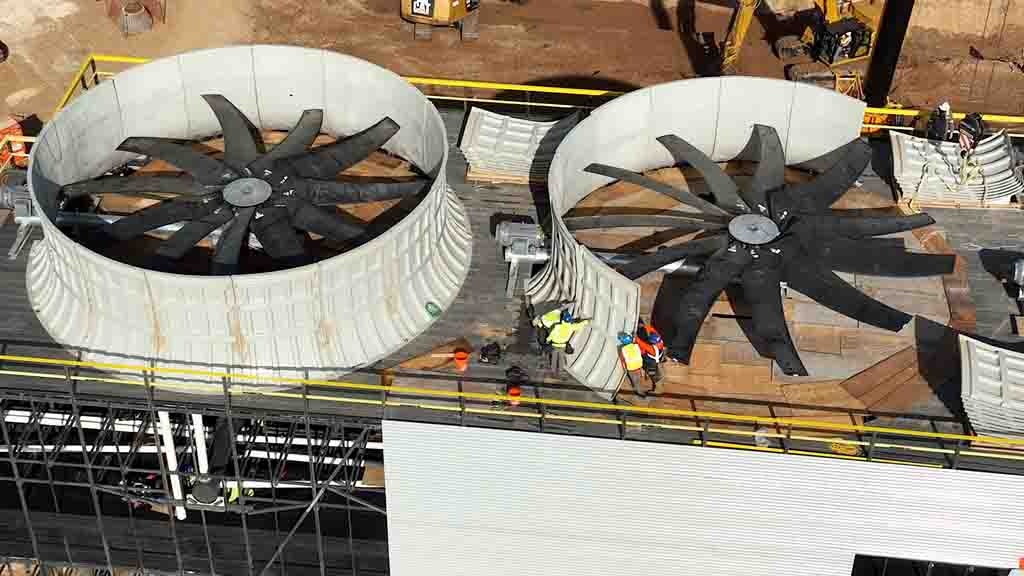
Giant Fans at Tesla Gigafactory Texas constructions site (Source – BradSloan/YouTube)
The fan size could be related to the Full Self-Driving (FSD) data center. The company has pending work on this matter since last year. Meanwhile, Tesla has already purchased AI hardware to enable it inside this new facility.
During the Q1 2024 earning call, Tesla CEO Elon Musk said that the company will improve the number of active H100 AI chipsets from 35,000 to 85,000 by the end of this year. These chipsets will be used to advance FSD capabilities.

Giant Fans at Tesla Gigafactory Texas constructions site (Source – BradSloan/YouTube)
Earlier this month, CNBC reported that Elon Musk, CEO of Tesla rerouted some Nvidia chipset purchased for FSD to X social media company. In total, the redirected H100 chipset accounts for 12,000.
Musk reacted to this report by saying that Tesla had no place to enable these Nvidia chips which eventually ended up in a warehouse. However, he confirmed that the company Tesla is near completing the construction of the south extension of Giga Texas. The new building will house around 50,000 H100s AI chips for FSD training.
This new expansion is part of Tesla’s previous announcement of boosting AI investment up to $10 billion. This fund will also be used to book a new AI chipset from Nvidia.
Other than FSD, the data center will also be used for Robotics and other AI technology products. Once completed, the AI computing performance will also support the new Robotaxi product coming in August this year.



